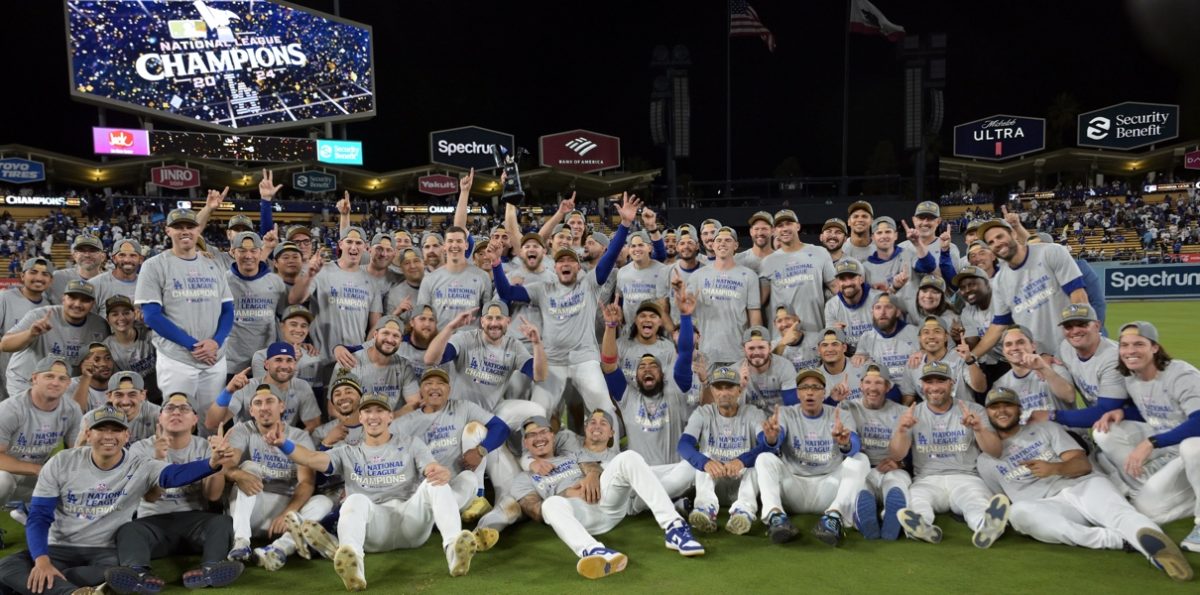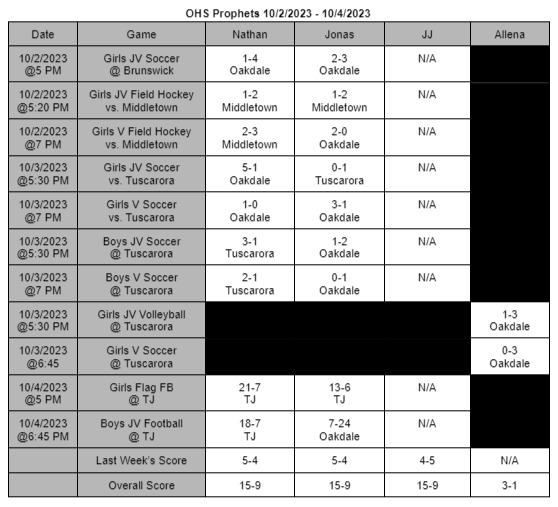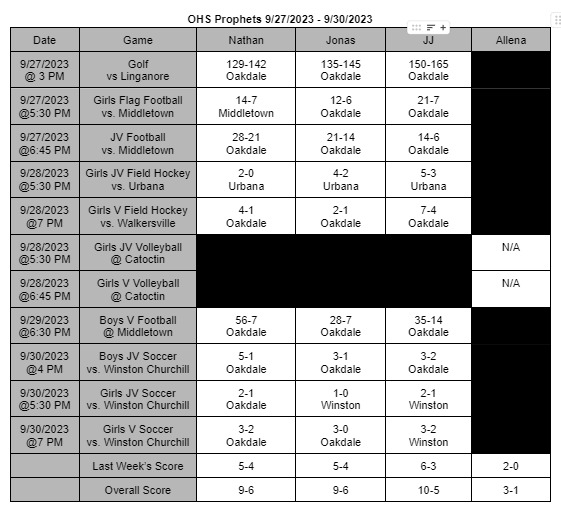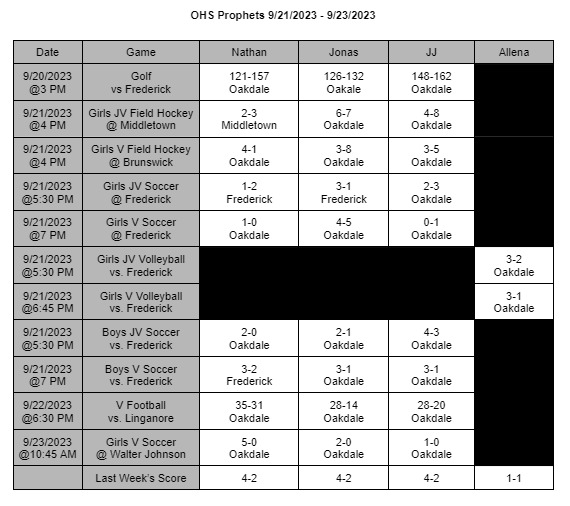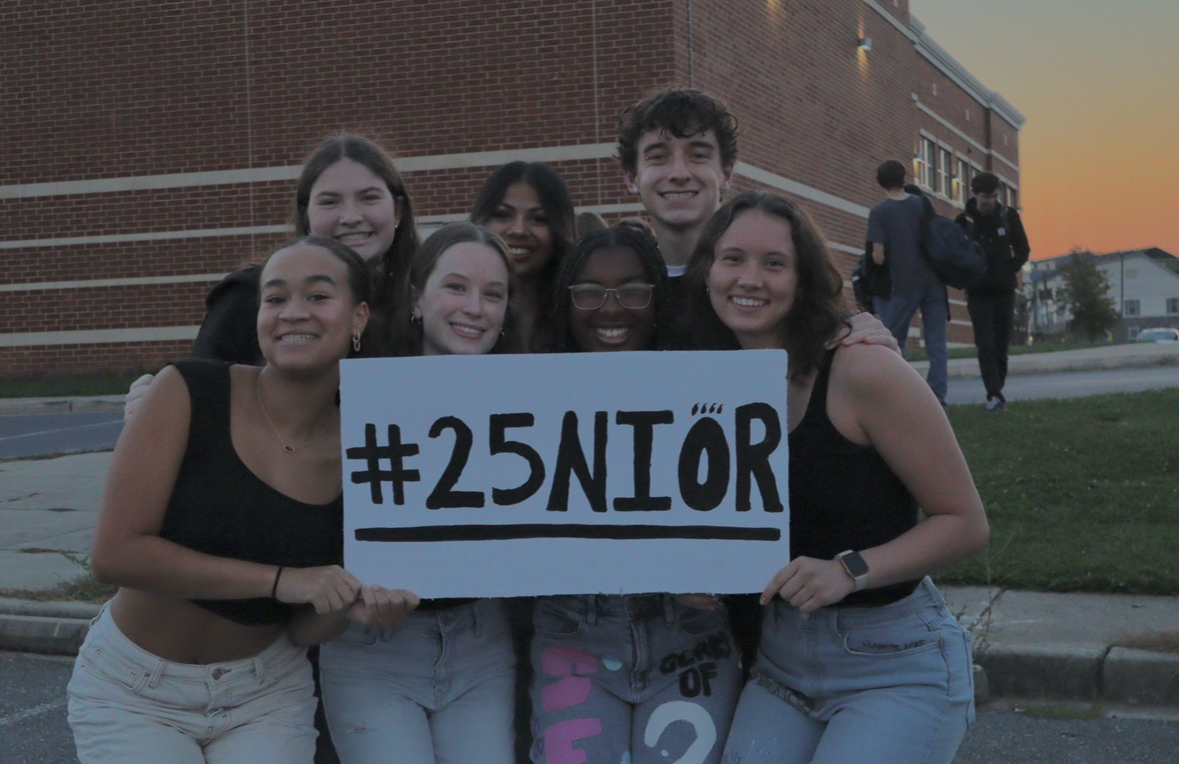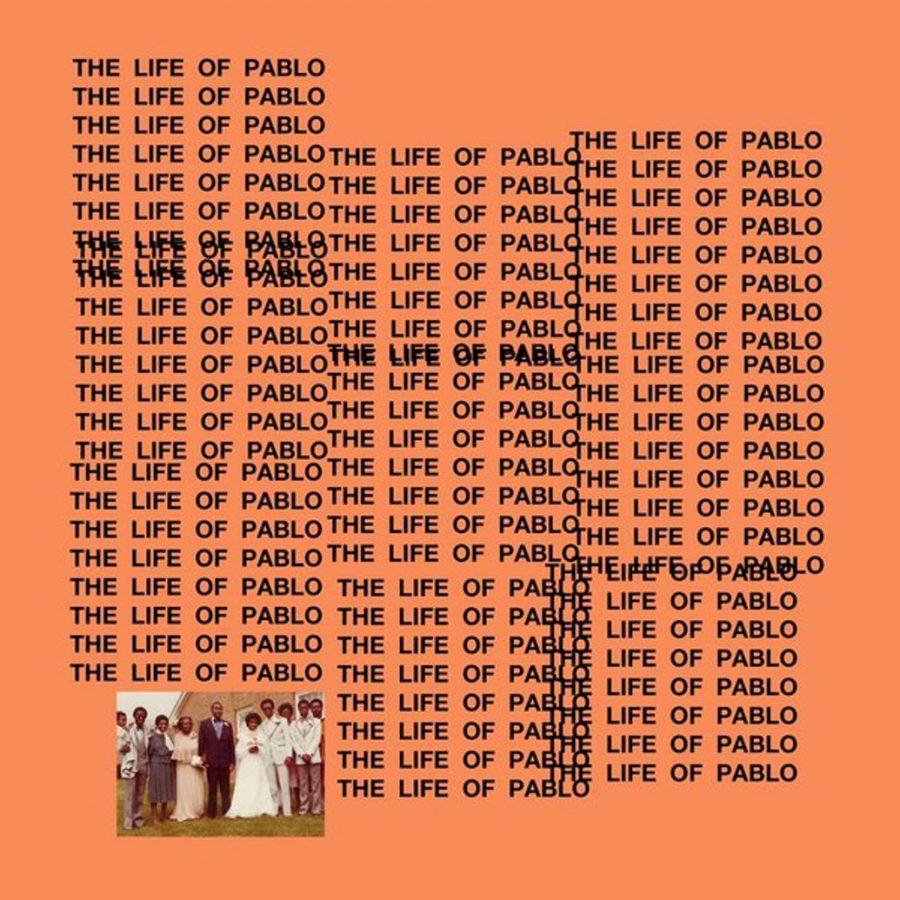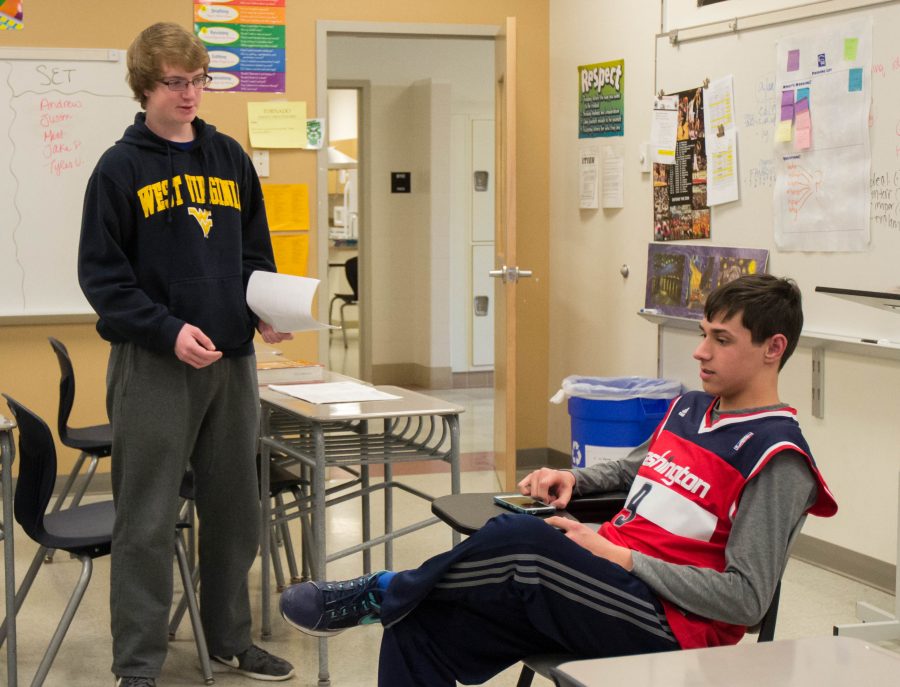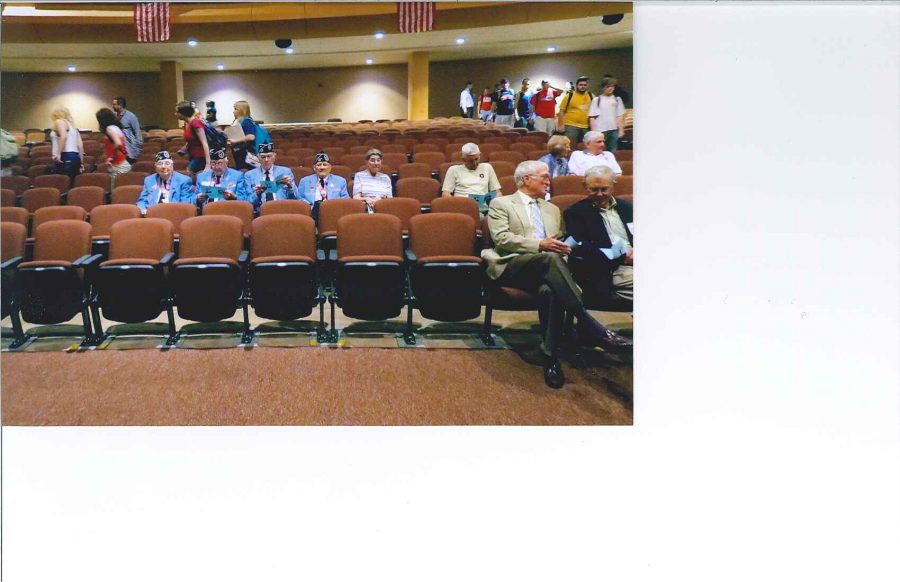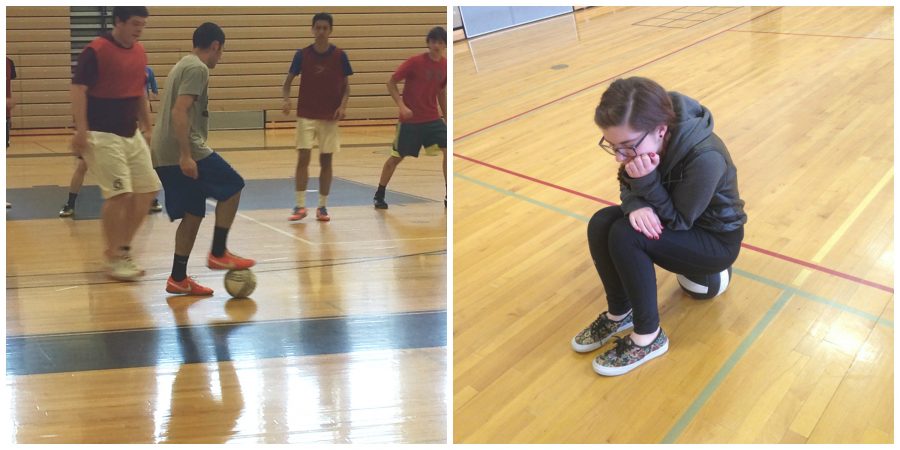Daylight Savings Time happens twice a year, during the end of winter and mid-fall. In the winter, clocks are set forward by one hour, and in the fall, they are set back by one hour. Many people think that it was for the farmers, but farmers actually protested it.
However it was really made in 1918 as a part of the Standard Time Act, which included a continuous Daylight Savings Time. Daylight savings time(DST) was seen as a legal requirement in the Uniform Time Act of 1966. During the energy crisis, Congress wanted early starting dates. Then the spring date was moved to a later date.
“I think that the US should do away with DST and only run at the same time throughout the country,” David Migdal voiced,assistant principal at Sugarloaf Elementary.
He believes that taking Daylight Savings Time would be better for everyone, but especially the younger students: “I believe that it takes at least three weeks for the student to regulate after the time changes.”
“I also believe that this affects the timing of sleep and their bodies balancing the time change and could lead to depression-like symptoms. In my experience, students’ behavior changes for the worse during these months,” Migdal said. He sees the different behaviors during these couple weeks of adjustment, which creates a distracted environment and takes away from learning time.
“I do notice that even older students have an adjustment period. especially with their sleep cycles. Some are tired and more cranky,” Oakdale basketball coach and teacher Charles Long explained. “It is minimal and takes time, but we do see a period of time where student athletes have to adjust.” Long sees students, both athletes and non-athletes, in general struggling to make it to school on time because of the time change and how early it is in the morning.
There has been a fight to get rid of daylight savings in one federal law called the Sunshine Protection Act of 2021. That will make Daylight Savings Time permanent. Many states are trying to get rid of it as time changes in 2024.










